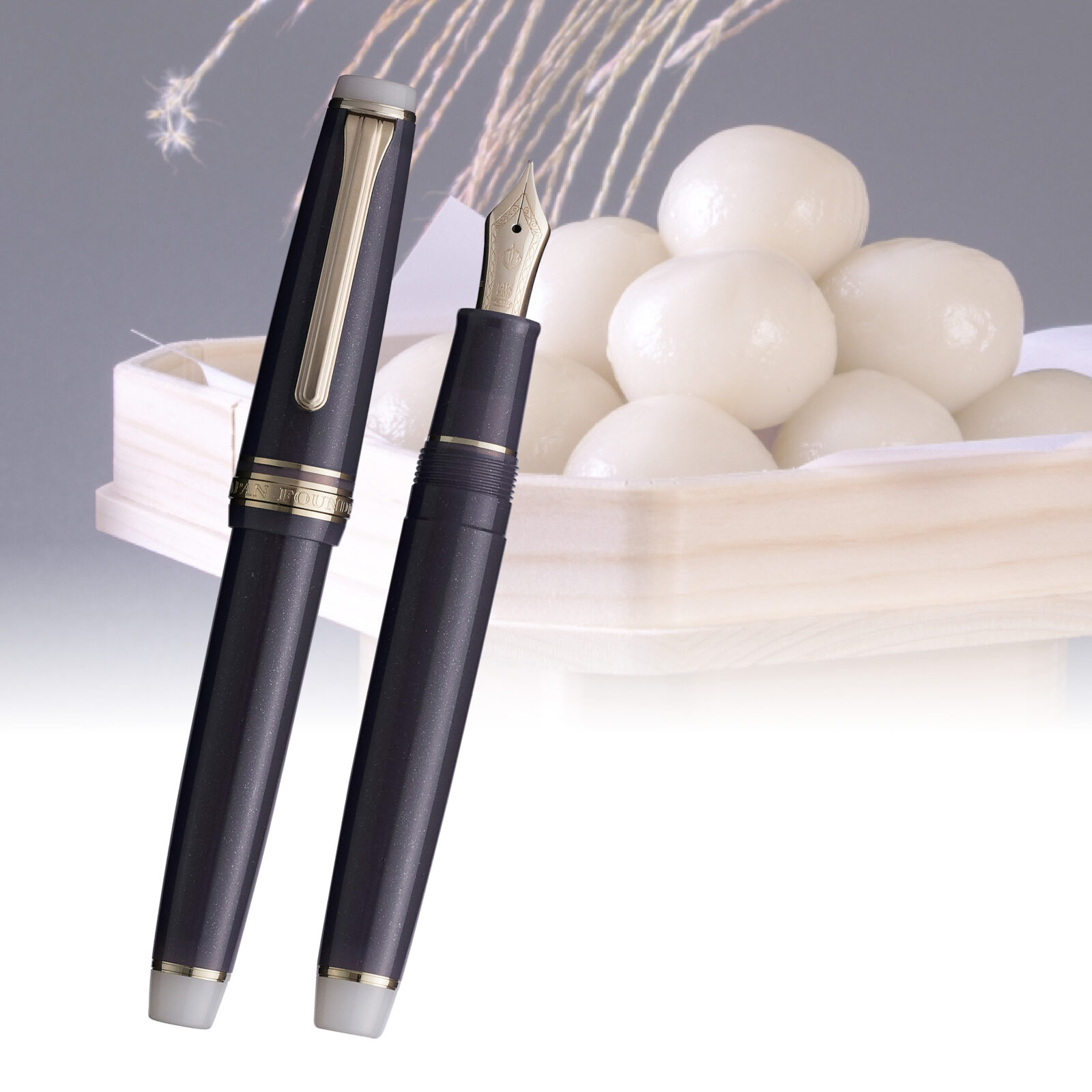The origins of Wagashi are thought date back to the Jomon era, more than a few thousand years ago, and is considered like a kind of dumpling made of crushed and rolled nuts.
Eventually, Japanese confectionery evolved due to the influence of tea culture during exchanges with the Tang Dynasty (present-day China).
During the Kamakura period (1185-1333), the tea ceremony became popular among Sengoku Warlord and the upper classes, and Japanese confectionery developed together with it. It became more beautiful and delicate.
Come the Edo period (1603-1868), sugar became widespread and Wagashi became available to the common people.
Mochi (rice cake) covered with a salted Sakura leaf. There are two types of sakuramochi, Kanto style, in which the red bean paste is rolled in a crepe-like baked dough made from flour, and Kansai style, in which the red bean paste is wrapped in a steamed dough made from soaked and ground rice cake.
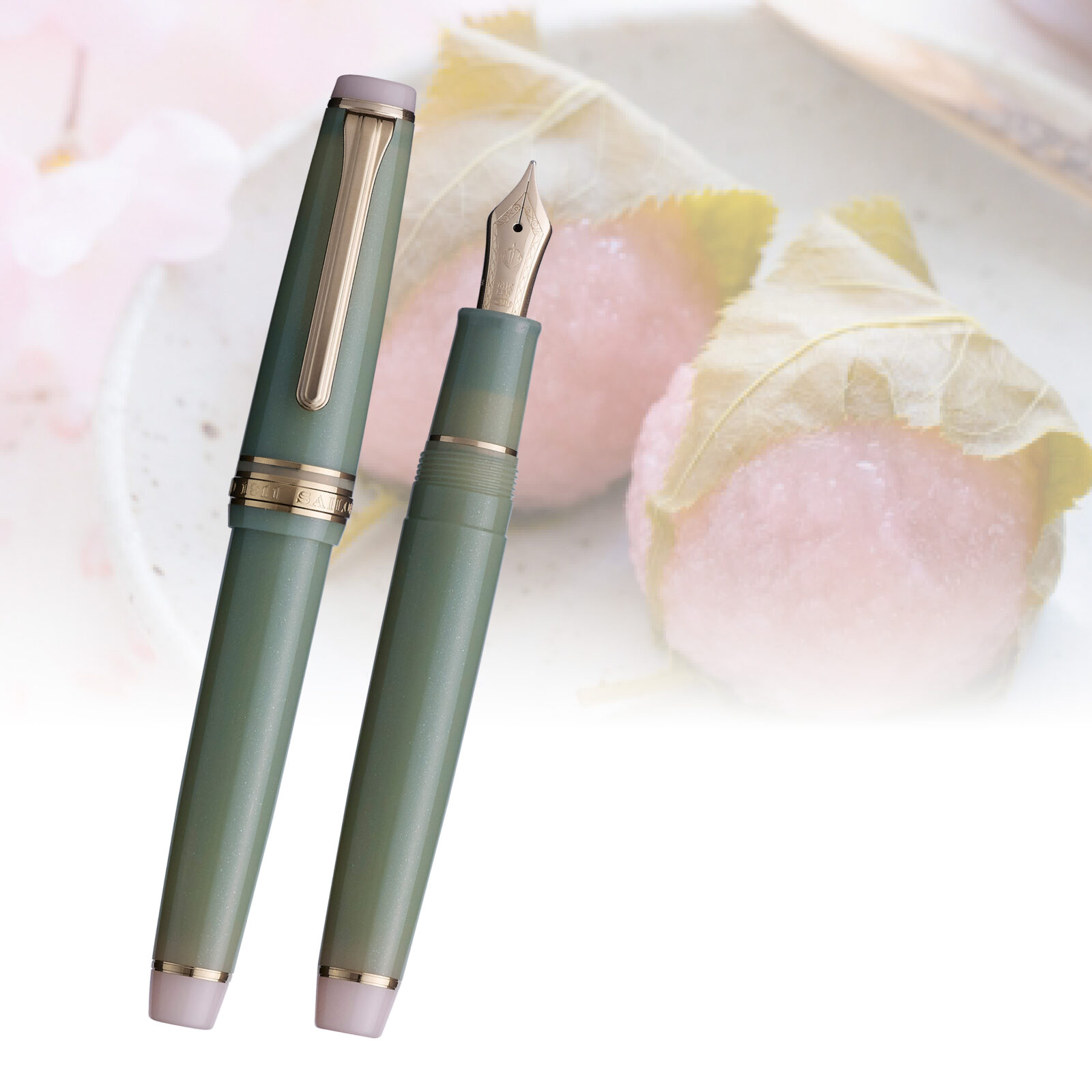
Nerikiri is an artistic sweet made by mixing shiro-an (white bean paste) with gyuhi (made of rice flour). This time, the image is of a Nerikiri in the shape of a camellia flower.
Nerikiri is a type of Japanese confectionery classified as ‘raw confectionery’.
There are various types of raw confectionery, and nerikiri is one type of ‘josei-gashi’, which refers to the highest and most expensive of them.
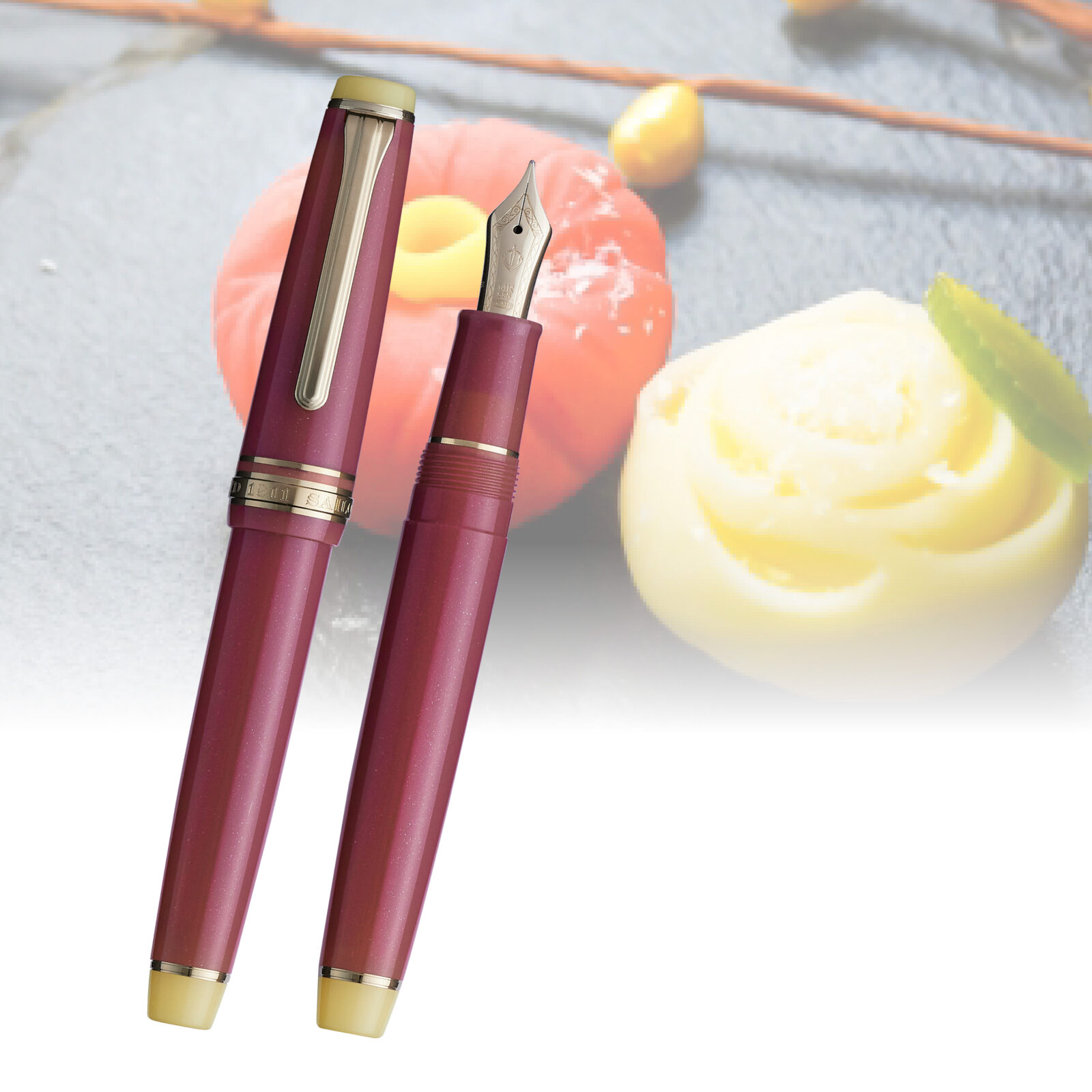
By drying the outside and allowing the sugar to crystallize, the outside is crisp and hard, while the inside is soft jelly because the agar does not dry out completely. This sugar candy is a fascinating jewel-like confection that reflects light when hold up to the light.
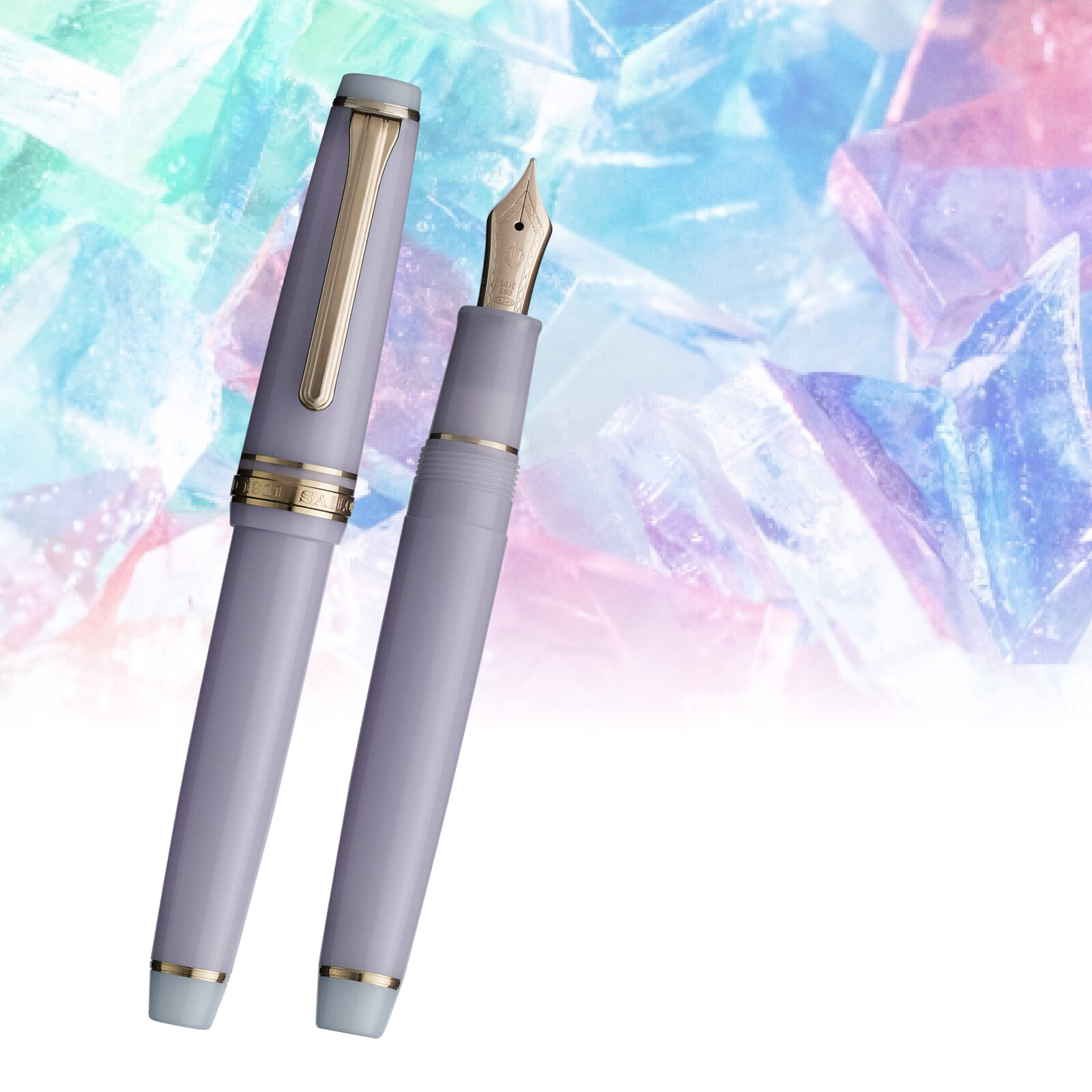
Manju is a Japanese confectionery with a wide range of varieties.
Examples include soba Manju made from buckwheat flour and sake Manju, which are made by mixing malted rice with the dough. There are also buns unique to every region of Japan, and Manju are a favorite souvenir of travel.
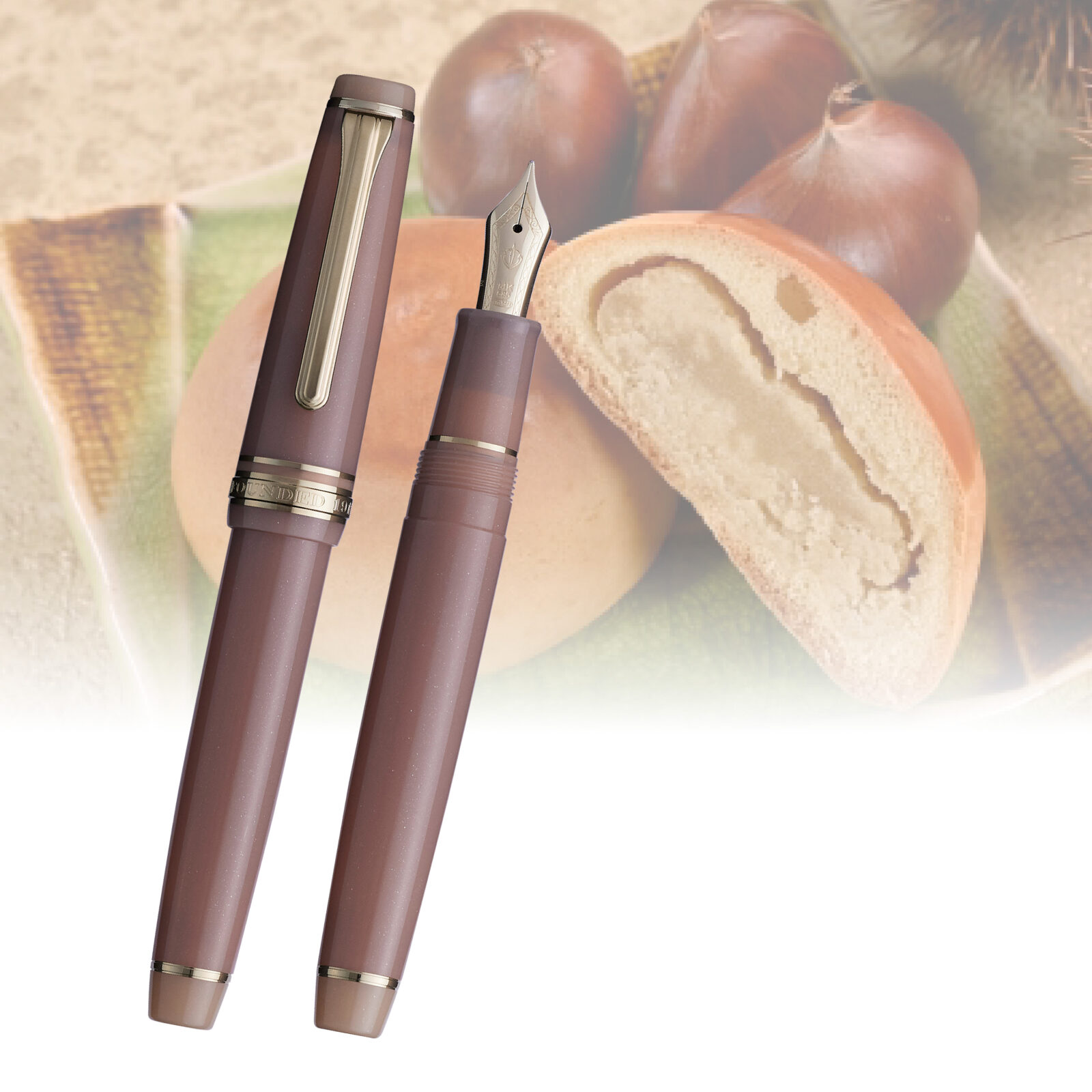
Round dumplings eaten with viewing the moon.
In Japan, at first people just enjoyed looking at the moon. Nowadays, moon viewing has come to mean a day to appreciate the autumn harvest while looking at the moon during the most beautiful season of the year.
